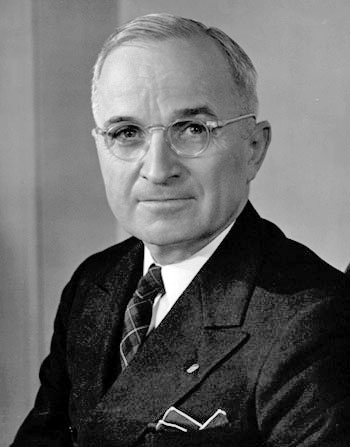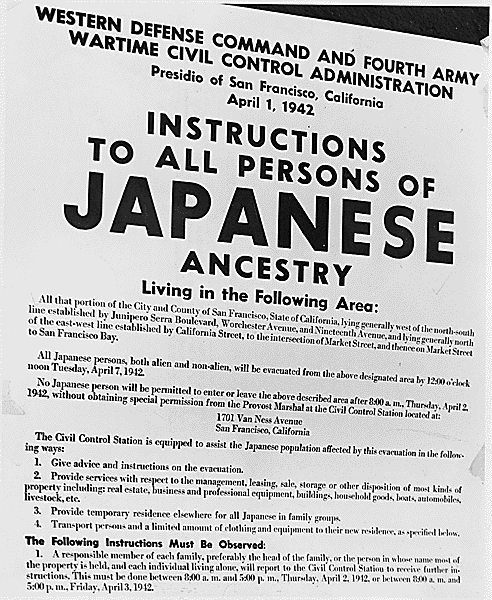The Brown v. Board of Education case had precedents set by the previous Plessy v. Ferguson case. As a result, when the District court ruled against Brown, declaring that the precedent should not be challenged, Brown and the NAACP appealed to the Supreme Court. Because of this, the Supreme Court ruled in favor of Brown, going against the precedent set by the Plessy v. Ferguson case. However, it only outlawed mandatory segregation. Nevertheless, a big step was made for the civil rights movement.
David's AP US History Blog
Wednesday, April 6, 2016
Wednesday, March 23, 2016
LAD #36: Truman Doctrine
The Truman Doctrine was addressed by Truman to a joint meeting of Congress. In it, Truman discussed the state of Greece and Turkey after World War II. Truman argued that these nations had turned to the United States for help because the United States was the only one who could provide it. If the United States was to turn these nations away and not provide aid, these countries might fall into the hands of the Soviet Union, spreading communism even further.
Friday, March 11, 2016
LAD #35: FDR's Executive Order #9066
Executive Order #9066 essentially issued the interment of any person of Japanese descent. Although the order itself does not mention anything about the Japanese explicitly, the document makes it clear that the military can create zones of interment where they see fit. During this time period, this meant the Japanese in order to protect "against espionage and against sabotage to national-defense material."
Thursday, March 10, 2016
LAD #34 FDR's Declaration of War
FDR's declaration of war occurred after the attack on Pearl Harbor by Japan. FDR describes that attack as unprecedented and dastardly, in addition to describing it as "a date which will live in infamy." He lists the nations that Japan has attacked, and ends his declaration of war by stating that there is not turning back now, as hostilities do indeed exist that threaten the interests of the United States.
Saturday, March 5, 2016
LAD #33: FDR's First Inaugural Address
FDR discusses in his inaugural address the troubles this nation is facing is thankfully only material. However, he continues on, defining happiness as being not based on money, but on achievement. He states how money-grabbing industries have reeked havoc on the citizens of the United States, and that action must be taken against these problems for the sake of the protection of the citizens of the United States. He lists plans to use the land in a better fashion, put people to work, and to prevent this economic situation from happening again. He then follows that up by stating how the people of the United States are more dependent on each other than ever before, and that people are willing to work together to solve this crisis. The overarching theme of the address seems to be intervention of the government to solve this crisis, and FDR is willing to do whatever it takes to reverse the effects of this depression.
Friday, March 4, 2016
LAD #32: Kellogg Briand Peace Pact
The Kellogg Briand Peace Pact was a pact signed by countries such as the United States, France, and Germany that denounced the use of war as a means of foreign policy. It states that all nations that sign this pact agree to not use war and only use passive means of diplomacy to settle disputes.
Signing of the Pact
Wednesday, February 10, 2016
LAD #31: Wilson's Fourteen Points
Wilson's Fourteen Points was a collection of ideas for the plan after the end of World War I. In it, Wilson addresses the need to keep Russia in the war, as well as addressing needs to lower arms in all countries, a guaranteed freedom of the seas, and a more open style of diplomacy. In addition, Wilson suggests a group of nations that would oversee "mutual guarantees of political independence and territorial integrity."
Subscribe to:
Comments (Atom)



